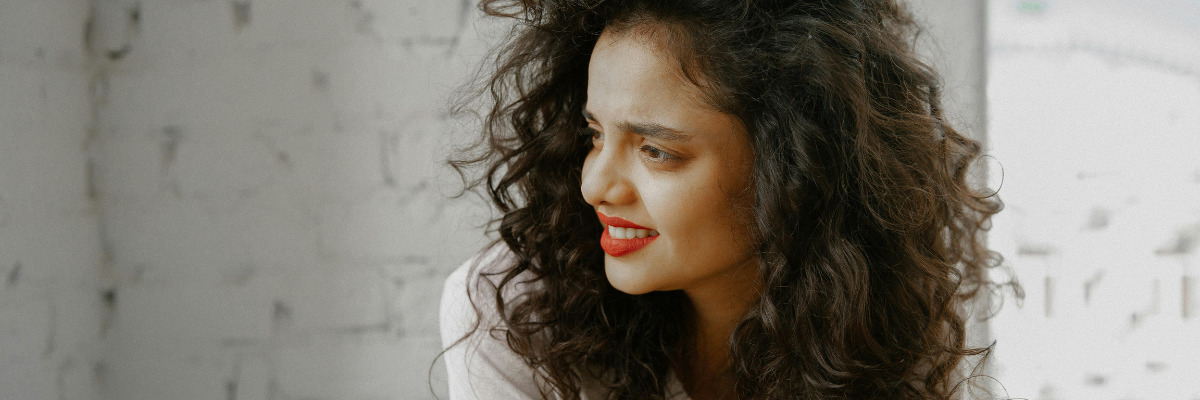6 Cultural Shocks All Latino Immigrants Have Experienced in the U.S.

Moving to the U.S. from Latin America is like stepping into a whole new world. It’s an overwhelming experience that you just have to go through to fully understand. If you’ve gone through it, you already know cultural shocks are a huge part of it. Here are some of the most common cultural shocks that almost every Latino immigrant will recognize:
The non-stop work and grind culture

Photo by Chevanon Photography
In many Latin American countries, there’s a strong emphasis on work-life balance, with long lunches, siestas, and plenty of family time. In the U.S., the pace is much faster, and the work culture can feel relentless. Americans often eat lunch at their desks and work late into the evening, with no work-life balance in sight. Adjusting to this hustle-and-grind work culture can be challenging, but it also offers opportunities for career growth and advancement.
Getting used to strict rules and regulations

Photo by Lisa Fotios
Americans are all about their rules and regulations, whether it’s about jaywalking, recycling, or standing in line. Coming from a place where things might be more relaxed and flexible, the rigidity can be surprising. Many Latin Americans find that things they could freely do in their country are actually illegal in the U.S., so it’s definitely an adjustment. Latinos are no strangers to hard work; we just understand that work shouldn’t take over our lives.
The insistence on political correctness

Photo by Josh Willink
Navigating conversations in the U.S. requires a strong awareness of political correctness. Topics that might be discussed freely back home, like gender, race, or politics, are approached with a lot more sensitivity here. It’s an adjustment, but it fosters a more inclusive environment where everyone feels respected. Plus, it can allow you to develop your points of view more effectively and unlearn any unproductive habits in how you talk about certain issues.
The culture of independence and self-resiliency

Photo by Daniel Xavier
In many Latino cultures, there’s a strong sense of community and interdependence. Family and friends are always there to help out, and asking for help is not considered a personal failure in any way. In the U.S., independence is highly valued, often to an extreme degree. People move out of their parents’ homes early, rely on themselves, and value privacy. While it might feel lonely at first, it can also be empowering to embrace this self-reliance without losing your sense of community and connectedness.
Holiday celebrations are very different

Photo by RDNE Stock project
American holidays come with their own set of traditions and expectations. Halloween comes with elaborate costumes and trick-or-treating, and Thanksgiving has this passionate emphasis on turkey and American football. Even if Latin Americans might be familiar with these celebrations, they’re entirely new experiences. The detachment Latinos have from those kinds of traditions can feel like a big cultural shock, but many come to engage with American celebrations without losing their own traditions, leading to a more multicultural experience.
Overwhelm at the grocery store

Photo by Helena Lopes
Walking into an American grocery store for the first time can be overwhelming and has been for many Latinos, especially those who come from underdeveloped countries. The sheer size, the variety of products, and the endless aisles can be both exciting and confusing. Over time, they stop being so intimidating and Latinos learn to navigate grocery stores like pros, but the first time is unforgettable.
Adjusting to life in the U.S. as a Latino immigrant can be full of surprises, both good and bad, but we’re all in this together. Have you experienced any of these cultural shocks?


 Photo by
Photo by  Photo by
Photo by  Photo by
Photo by  Photo by
Photo by  Photo by
Photo by  a group of monarch butterflies on a treePhoto by
a group of monarch butterflies on a treePhoto by 

